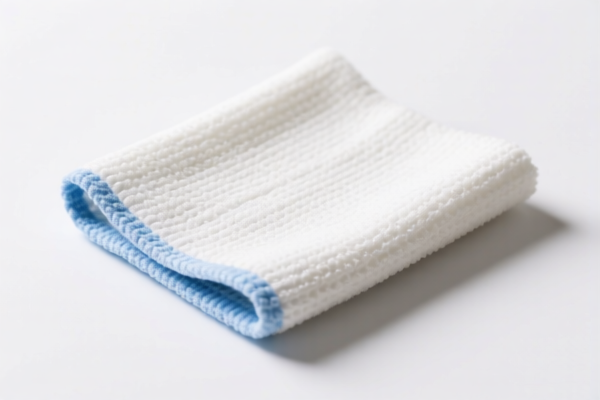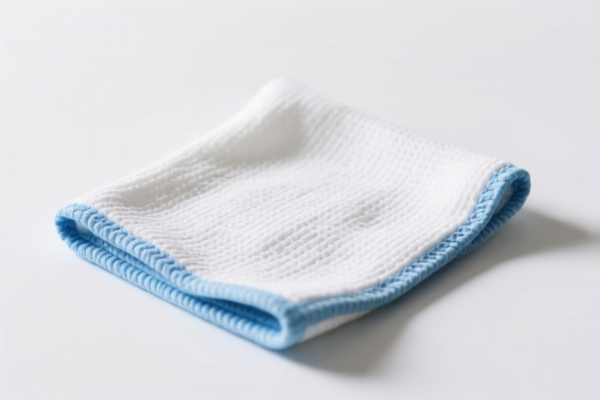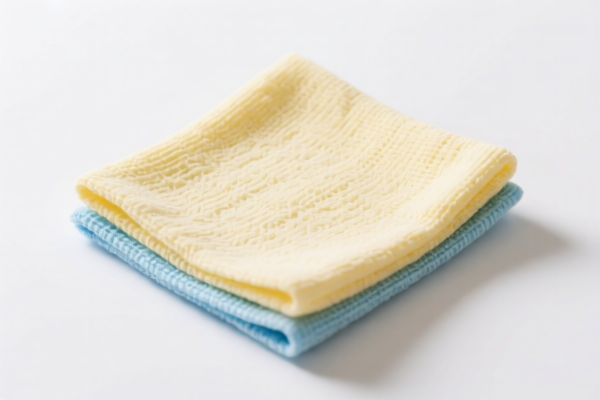| HS Code | Official Doc | Tariff Rate | Origin | Destination | Effective Date |
|---|---|---|---|---|---|
| 5201000500 | Doc | 55.0% | CN | US | 2025-05-12 |
| 5201005500 | Doc | 1.5¢/kg+55.0% | CN | US | 2025-05-12 |
| 5309110010 | Doc | 55.0% | CN | US | 2025-05-12 |
| 5309110090 | Doc | 55.0% | CN | US | 2025-05-12 |
| 5311003020 | Doc | 55.0% | CN | US | 2025-05-12 |
| 5311004020 | Doc | 55.0% | CN | US | 2025-05-12 |
| 5407942040 | Doc | 69.9% | CN | US | 2025-05-12 |
| 5407942030 | Doc | 69.9% | CN | US | 2025-05-12 |
| 5404900000 | Doc | 55.0% | CN | US | 2025-05-12 |
| 5408312040 | Doc | 69.9% | CN | US | 2025-05-12 |
| 5408349030 | Doc | 67.0% | CN | US | 2025-05-12 |
| 5405003000 | Doc | 61.9% | CN | US | 2025-05-12 |
| 5405006000 | Doc | 60.8% | CN | US | 2025-05-12 |
| 5512210040 | Doc | 67.0% | CN | US | 2025-05-12 |
| 5512910090 | Doc | 69.9% | CN | US | 2025-05-12 |
| 5515190020 | Doc | 67.0% | CN | US | 2025-05-12 |
| 5515999090 | Doc | 63.5% | CN | US | 2025-05-12 |
| 5601300000 | Doc | 55.0% | CN | US | 2025-05-12 |
| 5601290090 | Doc | 59.0% | CN | US | 2025-05-12 |
| 5609004000 | Doc | 58.9% | CN | US | 2025-05-12 |
| 5609001000 | Doc | 57.9% | CN | US | 2025-05-12 |
| 5801902090 | Doc | 57.7% | CN | US | 2025-05-12 |
| 5801901000 | Doc | 58.7% | CN | US | 2025-05-12 |
| 5802101000 | Doc | 64.8% | CN | US | 2025-05-12 |
| 5802109000 | Doc | 64.4% | CN | US | 2025-05-12 |
| 5803001000 | Doc | 55.0% | CN | US | 2025-05-12 |
| 5803009090 | Doc | 55.0% | CN | US | 2025-05-12 |
| 5806310000 | Doc | 63.8% | CN | US | 2025-05-12 |
| 6310102030 | Doc | 37.5% | CN | US | 2025-05-12 |
| 6310902000 | Doc | 37.5% | CN | US | 2025-05-12 |
| 6307101020 | Doc | 41.6% | CN | US | 2025-05-12 |
| 6307101090 | Doc | 41.6% | CN | US | 2025-05-12 |
| 3926904800 | Doc | 33.4% | CN | US | 2025-05-12 |
| 3921901100 | Doc | 59.2% | CN | US | 2025-05-12 |
| 3921901500 | Doc | 61.5% | CN | US | 2025-05-12 |
| 4818100000 | Doc | 55.0% | CN | US | 2025-05-12 |
| 4818900080 | Doc | 37.5% | CN | US | 2025-05-12 |
| 4823907000 | Doc | 55.0% | CN | US | 2025-05-12 |
| 4823901000 | Doc | 55.0% | CN | US | 2025-05-12 |




Clean Cloth
A clean cloth is a piece of fabric used for wiping, polishing, or general cleaning purposes. Its primary function is to remove dirt, dust, liquids, or other contaminants from surfaces.
Material
Clean cloths are manufactured from a variety of materials, each possessing distinct properties suited to specific applications:
- Cotton: The most common material, valued for its absorbency, softness, and affordability. Often used for general cleaning, dusting, and polishing.
- Microfiber: Composed of synthetic fibers (typically polyester and polyamide). Highly effective at trapping dust and dirt due to its small fiber size and increased surface area. Excellent for delicate surfaces and streak-free cleaning.
- Linen: Durable and absorbent, often used for polishing and cleaning glass or silver.
- Chamois: A type of soft leather, traditionally used for drying cars due to its high absorbency and ability to prevent scratches. Synthetic chamois cloths are also available.
- Non-woven fabrics: Disposable cloths made from synthetic materials like polypropylene. Suitable for single-use applications where hygiene is critical.
Purpose
The purpose of a clean cloth varies widely depending on the material and application:
- General Cleaning: Removing everyday dirt and grime from surfaces like countertops, tables, and floors.
- Dusting: Capturing dust particles from furniture, electronics, and other surfaces.
- Polishing: Restoring shine to surfaces like wood, metal, and glass.
- Drying: Removing liquids from surfaces, such as after washing dishes or cleaning spills.
- Applying/Removing Liquids: Used with cleaning solutions, waxes, or polishes.
Function
The function of a clean cloth relies on several key properties:
- Absorption: The ability to soak up liquids.
- Surface Area: Larger surface area allows for greater dirt and dust capture.
- Fiber Structure: Different fiber structures excel at different tasks (e.g., microfiber’s split fibers trap particles).
- Softness: Prevents scratching of delicate surfaces.
- Lint-Free Properties: Microfiber and certain cotton cloths minimize lint residue.
Usage Scenarios
- Household Cleaning: Kitchens, bathrooms, living areas, bedrooms.
- Automotive Detailing: Washing, drying, polishing, and interior cleaning.
- Electronics Cleaning: Dusting and cleaning screens and components.
- Industrial Cleaning: Wiping down machinery, equipment, and surfaces.
- Personal Hygiene: Drying hands and face.
Common Types
- All-Purpose Cloths: Typically cotton or a cotton blend, used for general cleaning tasks.
- Microfiber Cloths: Available in various weaves and weights for specific applications (e.g., glass cleaning, dusting).
- Polishing Cloths: Often linen or a specialized microfiber blend, designed to restore shine.
- Glass Cleaning Cloths: Designed to leave a streak-free finish.
- Automotive Cloths: Specifically designed for car detailing, often with a higher GSM (grams per square meter) for durability.
- Disposable Wipes: Non-woven fabrics pre-moistened with cleaning solutions.
Based on the material, use, and application scenarios, “clean cloth” generally refers to cloths used for cleaning purposes. Here are relevant HS codes based on the provided reference material:
-
6307.10.10.20: Other made up articles, including dress patterns: Floorcloths, dishcloths, dusters and similar cleaning cloths: Dustcloths, mop cloths and polishing cloths, of cotton Bar mops (measuring 46 to 57 centimeters in length and 38 to43 centimeters in width) of terry fabric (369). This HS code specifically covers dustcloths, mop cloths, and polishing cloths made of cotton, including bar mops with defined dimensions made of terry fabric.
- 63: Articles of textile materials.
- 07: Other made up articles, including dress patterns.
- 10: Floorcloths, dishcloths, dusters and similar cleaning cloths.
- 20: Dustcloths, mop cloths and polishing cloths, of cotton.
-
6307.10.10.90: Other made up articles, including dress patterns: Floorcloths, dishcloths, dusters and similar cleaning cloths: Dustcloths, mop cloths and polishing cloths, of cotton Other (369). This HS code covers other dustcloths, mop cloths, and polishing cloths made of cotton not specifically defined as bar mops.
- 63: Articles of textile materials.
- 07: Other made up articles, including dress patterns.
- 10: Floorcloths, dishcloths, dusters and similar cleaning cloths.
- 90: Dustcloths, mop cloths and polishing cloths, of cotton Other.
-
4823.90.70.00: Other paper, paperboard, cellulose wadding and webs of cellulose fibers, cut to size or shape; other articles of paper pulp, paper, paperboard, cellulose wadding or webs of cellulose fibers: Other: Other: Other: Of cellulose wadding. This HS code covers cleaning cloths made of cellulose wadding.
- 48: Paper or paperboard; articles of paper pulp, paper or paperboard.
- 23: Other paper, paperboard, cellulose wadding and webs of cellulose fibers, cut to size or shape; other articles of paper pulp, paper, paperboard, cellulose wadding or webs of cellulose fibers.
- 90: Other.
- 70: Other.
Regarding HS code 6307.10.10.20 and 6307.10.10.90, please note that the material is specifically defined as cotton.
Customer Reviews
No reviews yet.